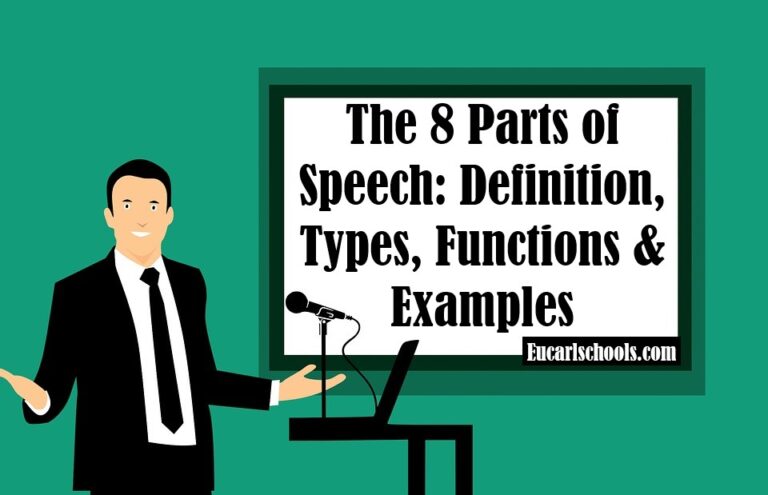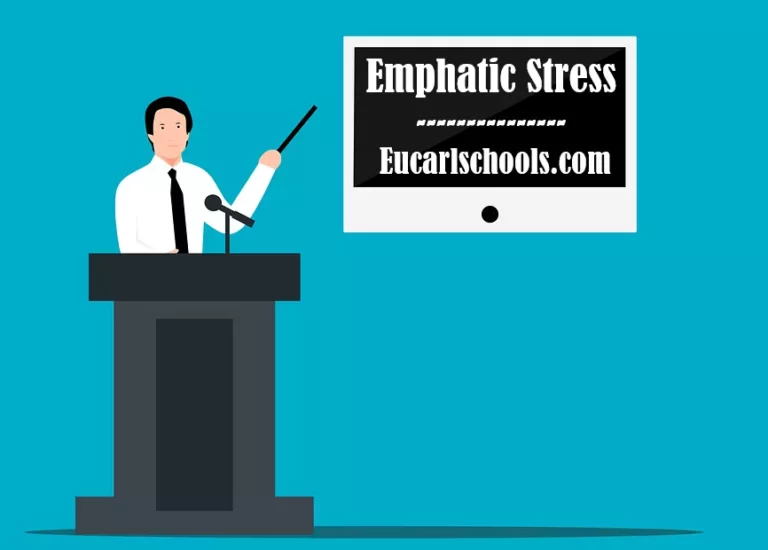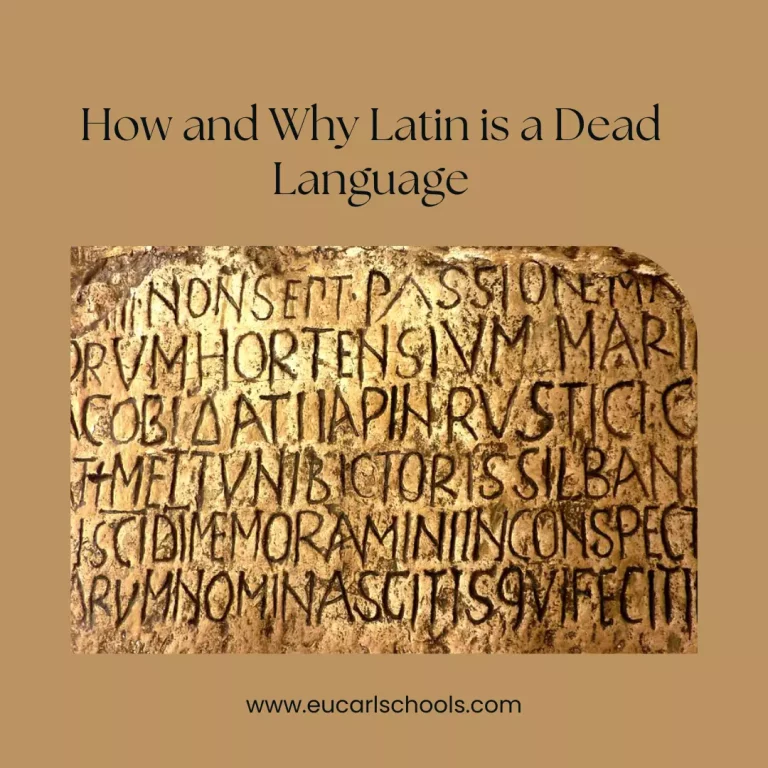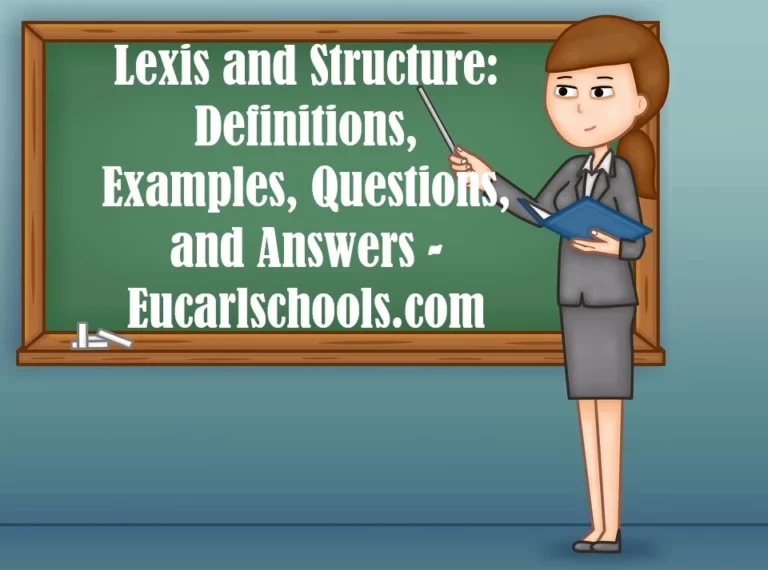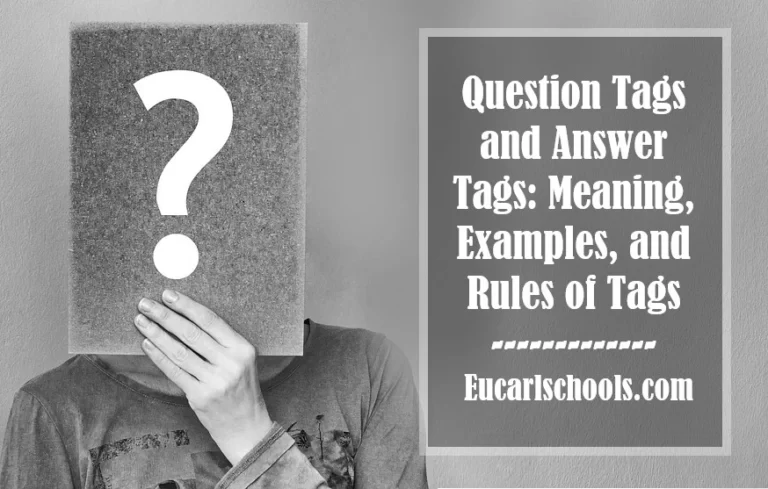9 Common Figures of Speech You Need to be Familiar With
Figures of speech is a literary device that achieves a distinctive effect by using words and phrases in a peculiar style. It is a deliberate deviation from the normal syntax in the English language.
The interesting part of this is the fact that there are so many of them that English speakers and writers can draw up from and use. They include simile, metaphor, personification, hyperbole, assonance, onomatopoeia, alliteration, synecdoche, euphemism, irony, oxymoron, paradox, epigram, metonymy, litotes, interrogation, analogy, climax, pun, anticlimax, tautology, circumlocution, anaphora, chiasmus, antithesis, understatement, allegory, allusion, antanaclasis, antiphrasis, cataphora, dysphemism, ellipsis, merism, Metalepsis, anastrophe, e.t.c.
Such a rich catalog to enhance writing and speaking styles you would easily quip. They are so many of them, but each has its technicalities that guide its appropriate usage.
9 Common Figures of Speech You Need to be Familiar With
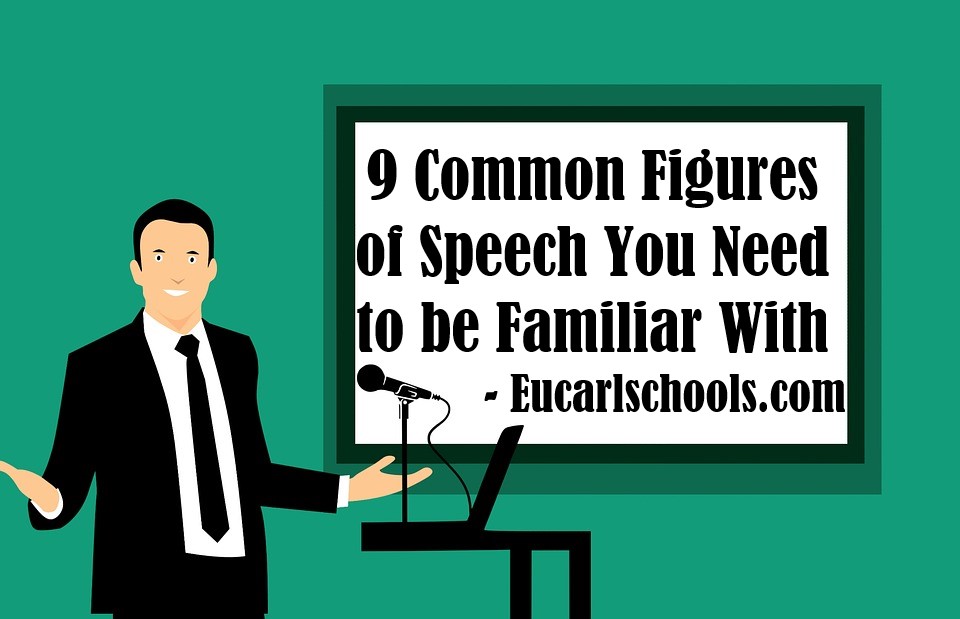
Simile
This is a figure of speech that employs comparison between two dissimilar things to create a much clearer and more vivid picture. It involves an indirect linkage between two things using “like” and “as” to depict possible similarities.
You could find examples such as:
as dry as Sahara
as white as snow
as fierce as a lion
as simple as ABC
as cunning as a fox
as ugly as an owl
It is important to state that what is being indirectly compared shares a particular similar feature or features but when considered as a whole, they are different.
Metaphor
Whilst similes concern indirect comparison, metaphors do the exact opposite, they are used in direct comparison. When they are deployed in grammar, suggestive or even hidden meanings are clarified. The similarity which is been attributed is outlined very clearly beyond any doubt.
She drowned herself in her books.
The world is a stage.
She is the black sheep of her family.
The curtains of nightfall are upon us.
Dorcas has a heart of gold.
As you must have noticed, there is a deliberate omission of “like” and “as”.
Hyperbole
Sometimes a deliberate exaggeration is what is needed to effectively communicate depth in a message. Hyperbole is a figure of speech that perfectly serves this purpose. It just fits in nicely with its meaning in Greek, “excess”.
Such examples could include:
Yemi was so hungry that she could swallow a cow.
Foluke is dumber than a doorknob.
The soup is really hotter than the Sun.
She is thin that a broomstick is actually fatter than her.
Jakes confessed that the news hit him like a Tsunami.
Many times emphasis isn’t the endpoint with hyperbole, a jocular effect is also intended. It is also known as “grammar monster” or auxesis.
Oxymoron
The Greek words from which they are coined actually convey the style of this figure of speech. “oxy” means sharp and “moron” means dull. Oxymoron brings contrasting ideas to pass across a message uniquely. There is a tendency to confuse them with paradoxes, however, the latter might merge contrasts but they always never appeal to common sense.
Let’s have examples like:
The matter is certainly an open secret.
Miriam is inconsistently consistent.
Maggie reeks of cruel wickedness.
Can I make original copies of that document?
She should consider herself a corporate hoodlum.
The sound of the silence in the room was so deafening.
Oxymoron creates a comic and sarcastic feel to what is being communicated in addition to the emphasis which adds to the message.
Personification
This is a kind of metaphor that specializes in the use of attributing non-human qualities to humans. These non-human qualities could include gestures, thoughts, passions, desires, sensations e.t.c.
The very typical examples include:
The sun is smiling at us.
Mary is a walking encyclopedia.
The night gave a heavy sigh.
Who saw how the flowers danced to the breeze?
She had to visit Uncle Sam yesterday.
Personification could also be known as an anthropomorphic metaphor since abstract qualities are used to qualify humans.
Euphemism
This type of figure of speech puts less mildly and offensively what might be too harsh or even too direct. It somewhat deflates a measure of truth from a statement.
Very common examples would be:
Elliot kicked the bucket yesterday. (He died)
Danielle is awaiting the patter of tiny feet. (Danielle was pregnant)
Lanre was all dressed up in his birthday suit. (Lanre was naked)
Dr. Redmond speaks like someone who isn’t in his sunset years. (He speaks like a young man)
Victor went out to answer the call of nature. (Victor went to use the toilet)
Unfortunately, she had to pay the supreme sacrifice. (She was killed)
Irony
This is yet another common figure of speech that uses words that express the opposite of their conventional meanings. The goal many times could be to excite or even possibly widen their imagery.
You would find examples like:
Mike’s hands were as clean as mud.
When mum served us dinner, it was as hot as ice.
Onomatopoeia
This figure of speech simply uses words that have their sounds imply meanings.
Examples could go this way:
The ticking of the clock.
The clanging of a bell.
The whistling of the pot.
The buzzing of the bee.
The hissing of the snake.
The splashing of water.
The clutching of fists.
They give a very good description of the action being carried out whilst bringing color and spice to what is being communicated.
Pun
This figure of speech is commonly used for comic relief. It involves the play on words based on the use of that word which carries more than a single meaning. The words used could be homophones, homonyms, or even homographs.
A couple of examples include:
Whether life is worth living or not depends on the liver.
Seyi has been to the dentist too many times, still, he can figure out the drill.
You should trust a glue salesman, he sure will stick to his words.
Read Also: The 8 Parts of Speech: Definition, Types, Functions & Examples
Conclusion
In general, communication doesn’t have to be a straightjacket, you are likely to lose your readers or listeners as the case might be. The use of these common figures of speech adds spice to whatever is being said. It is this way they are carried along in the journey you pave with your words, for this reason, you should be very familiar with them.

